ELECTRICAL PROPULSION UNKNOWN FACTS THAT YOU MUST KNOW
Do Electric propulsion ship exist? Is it efficient? How much power is required? These are the doubt that triggers in mariners mind. The answer is YES they really exist and running satisfactorily. We will brief detail in this blog.
HISTORY
The Concept of Electrical Propulsion is not new in maritime industry. In 1839 small Russian ferry was built, propelled by an electric motor fed by a battery. After diesel engines were reliable which replaced battery by diesel driven motor. This was end to battery driven electric propulsion in the 19th century. There was further development in Electronics engineering, Rectifiers and Convertors were invented which found a variety of applications. These technologies were used in icebreakers, survey ship even cruise ship.
In 1980s SS Queen Elizabeth II was converted to electric propulsion. Later there was advance in technology Podded propulsion was introduced in 1990s which found first application in luxury cruise liner MS Elation. Later it became trend most of the luxury liners started adopting Diesel-Electric Propulsion.
HOW IT WORKS?
Most of Electric propulsion ship are High voltage ship. High voltage Diesel Engine set of Makers Warsila or Caterpillar capable of generating several Megawatt. Block diagram shows arrangement of electrical propulsion

The Frequency Convertor is used to change the frequency of supplied power so that rotating speed of the motor can be controlled depending on the requirement.
The electrical motors are commonly used to convert electrical energy to mechanical energy. These motors can be Induction motors, Synchronous motors, Permanent Magnet motors or High temperature superconductor motors.
Lot of Automation involved such as controlling machine and electronics. Cooling system for the motors, Steering also connected to network for shore assistance and maintenance.
TYPES OF ELECTRIC PROPULSION
Propulsion units can be classified as follows
- Shaft propulsion
- Azimuth thrusters
- Podded Propulsion
SHAFT PROPULSION
High Torque Motor is directly connected to propeller as shown in figure. These propulsion are more prone to spark corrosion due to shaft currents and vibration. It is less preferred.

AZIMUTH THRUSTERS
In an azimuth thruster the propeller rotates 360° around the vertical axis so the unit provides propulsion, steering and positioning thrust for superior manoeuvrability. Designs have been developed for propulsion and dynamic positioning in response to market requirements. As a result there is a design available to suit virtually any application. Simple and robust construction provides high operational reliability together with simple maintenance for low through life costs. Motor is connected Vertically(L-drive) or Horizontally(Z-drive) through shaft and gear mechanism power is transmitted to propeller.

PODDED PROPULSION
Podded propulsion units have been in operation in a decade in cruise vessels, icebreakers, service vessels and tankers. Podded propulsion can be classified as follows
- AZIPOD
- FIXIPOD
- SIEMENS-SCHOTTEL PROPULSOR
1. AZIPOD
Azipod is a 360° rotatable propulsion system thus there is no need of steering gear hence providing greater maneuverability. Azipod was produced by ABB group. The motor is controlled by a frequency converter, which produces full nominal torque in either direction over the entire speed range, including standstill. Over torque can also be utilized e.g. in ice-going vessels. Each Azipod propulsion system is individually designed and optimized to achieve maximum performance. The name “Azipod” is a registered trademark of ABB.


Worlds Biggest cruise ship like Harmony of the Seas, Symphony of the Seas are powered by 3 × 20 MW ABB Azipod
2.FIXIPOD
A Fixipod is a non moveable Azipod. The latter replaces rudders as it allows the electric motors that drive the props attached to the pod to be swiveled 360 degrees so that the stern of the ship can be moved in any direction. Sometimes these are supplemented by a fixed non moveable pod ie: Fixipod to provide forward thrust only. The main reason that ships with these devices are able to dispense with the need for tugs getting in and out of tight berths when augmented by bow thrusters. These are essentially bow yaw fixipods buried in the hull.
3.SIEMENS-SCHOTTEL PROPULSOR (SSP)
Podded propulsion unit developed by Siemens and Schottel. It comprises a steerable underwater unit housing a permanent magnet motor directly coupled to two propellers, one ahead of the unit, one astern of the unit turning in the same direction. The use of twin propellers is claimed to boost the efficiency by reducing the load on each individual propeller while the rotational energy from the tractor propeller is recovered as lift and forward thrust on a pair hydrofoil fins angled out from the pod.

The rotor carries permanent magnets while the stator carries the field which is fed from a pulse width modulation (PWM) system in the hull. The stator casing is shrunk into the pod and overhang of the stator windings is encapsulated in a heat conductive material connected to the pod. This means that the heat generated in the motor is conducted to the surrounding water without any need for internal air or water cooling system.
ADVANTAGES OF ELECTRICAL PROPULSION
- Reduced vibration and noise in podded propulsion.
- Air pollution is minimal compared to Diesel Propulsion. Propulsion motor does not emit anything only emission is from Diesel Generator Set.
- Most of the ships are High Voltage Ship hence reducing the size of engine room as most of the bulky machineries are replaced by propulsion motor drives. So less space required.
- Increased manouveribility. Azipod can turn 360 degrees Can turn ship with less span of space.
- Minimal Maintenance compared to diesel propulsion
DISADVANTAGES OF ELECTRICAL PROPULSION
- Installation costs higher
- Involves major automation and control training is required for crew
- High Voltage system so stringent safety measures must be taken
WATCH THIS VIDEO
CONCLUSION
Electrical propulsion has already occupied the maritime industry from decades in ships like DP, Cruise, etc. In future, even in cargo ships Electrical propulsion may occupy.
REFERENCES
- Harmony of the Seas https://en.wikipedia.org/wiki/Harmony_of_the_Seas
- Symphony of the Seas https://en.wikipedia.org/wiki/Symphony_of_the_Seas
- ABB azipod https://new.abb.com/marine/systems-and-solutions/azipod
- Electric propulsion system https://www.wartsila.com/marine/build/power-systems/electric-propulsion/electric-propulsion-systems
LIKE POST? PLEASE SHARE
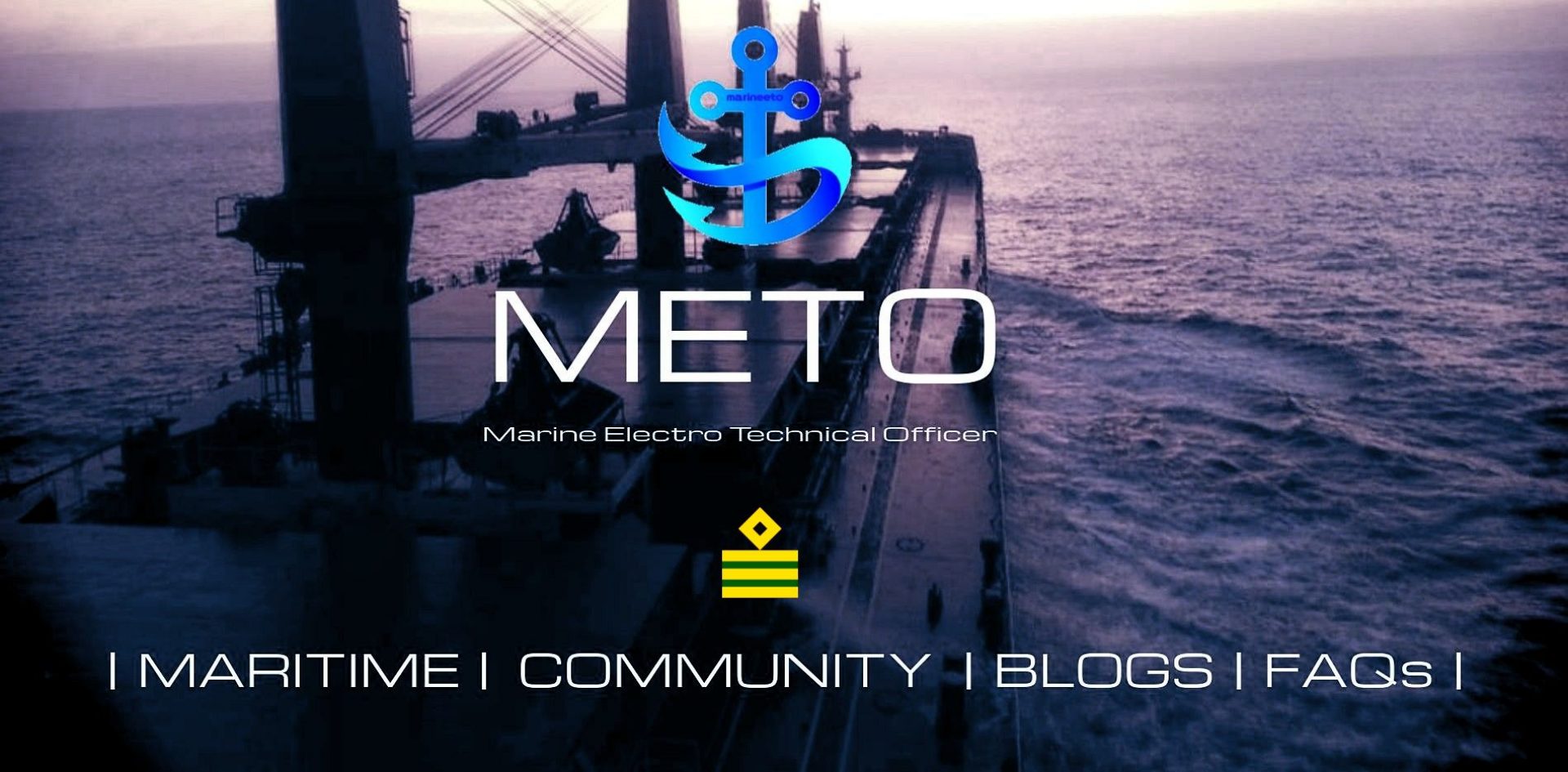
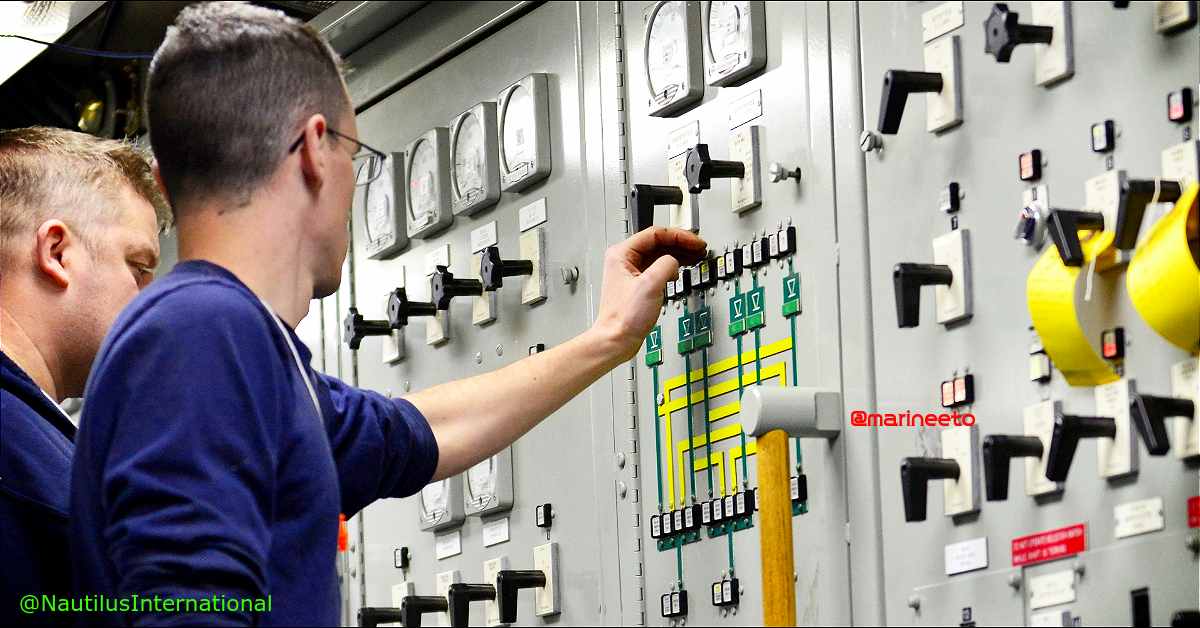
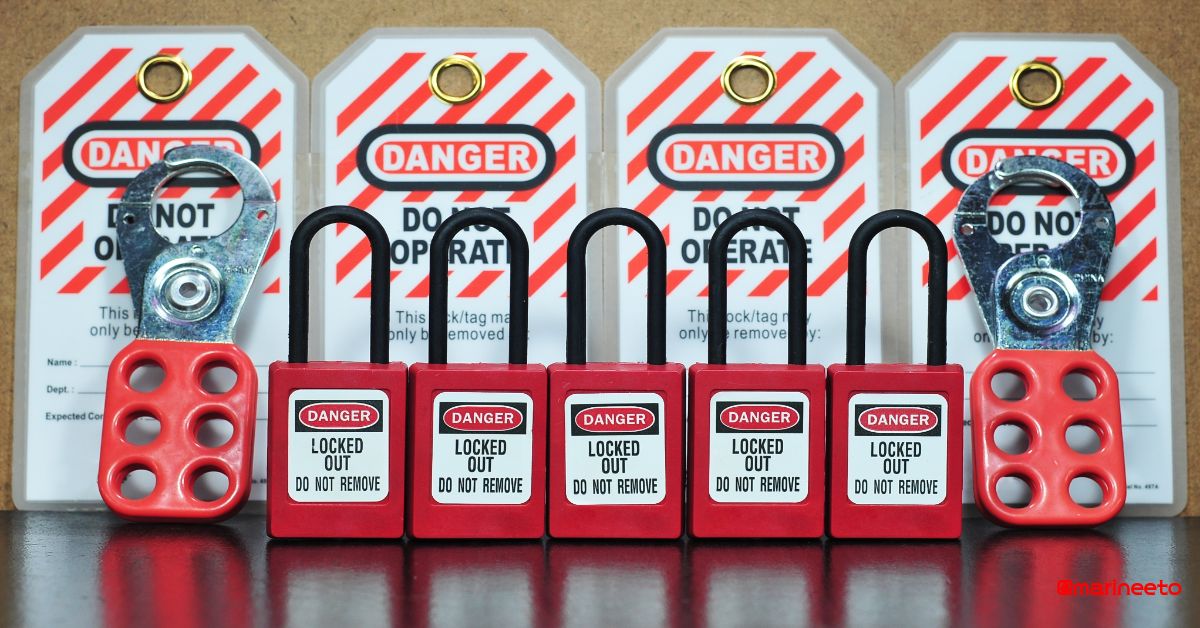
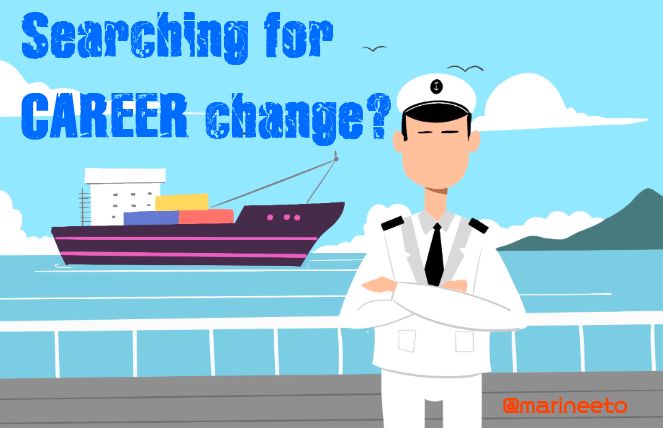
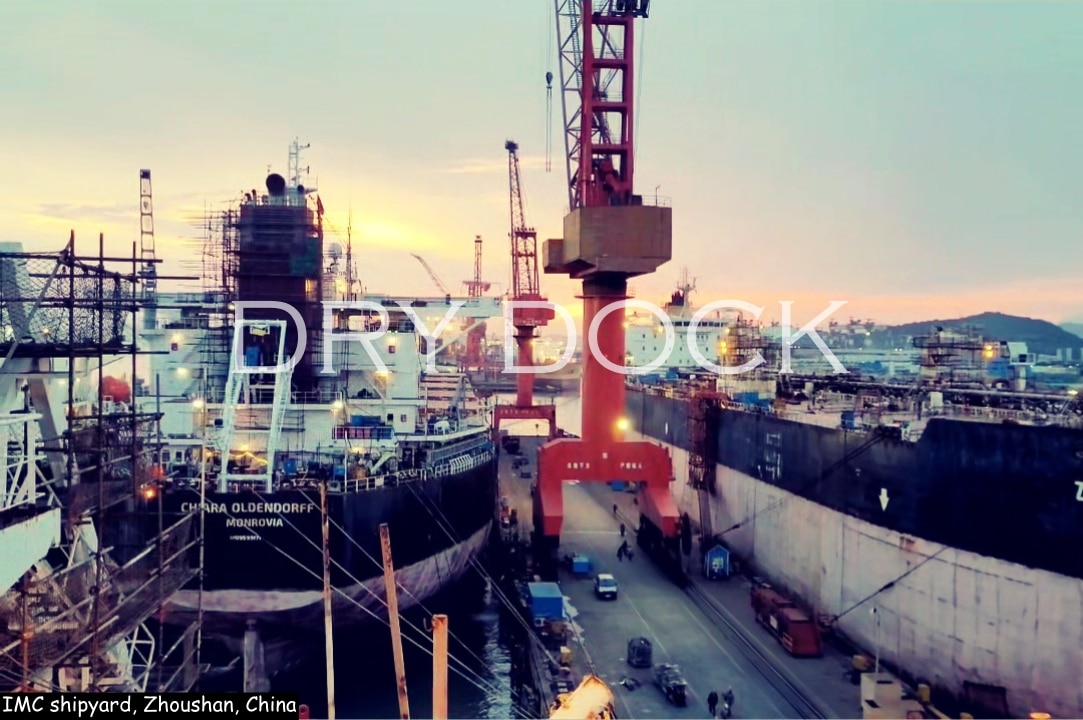
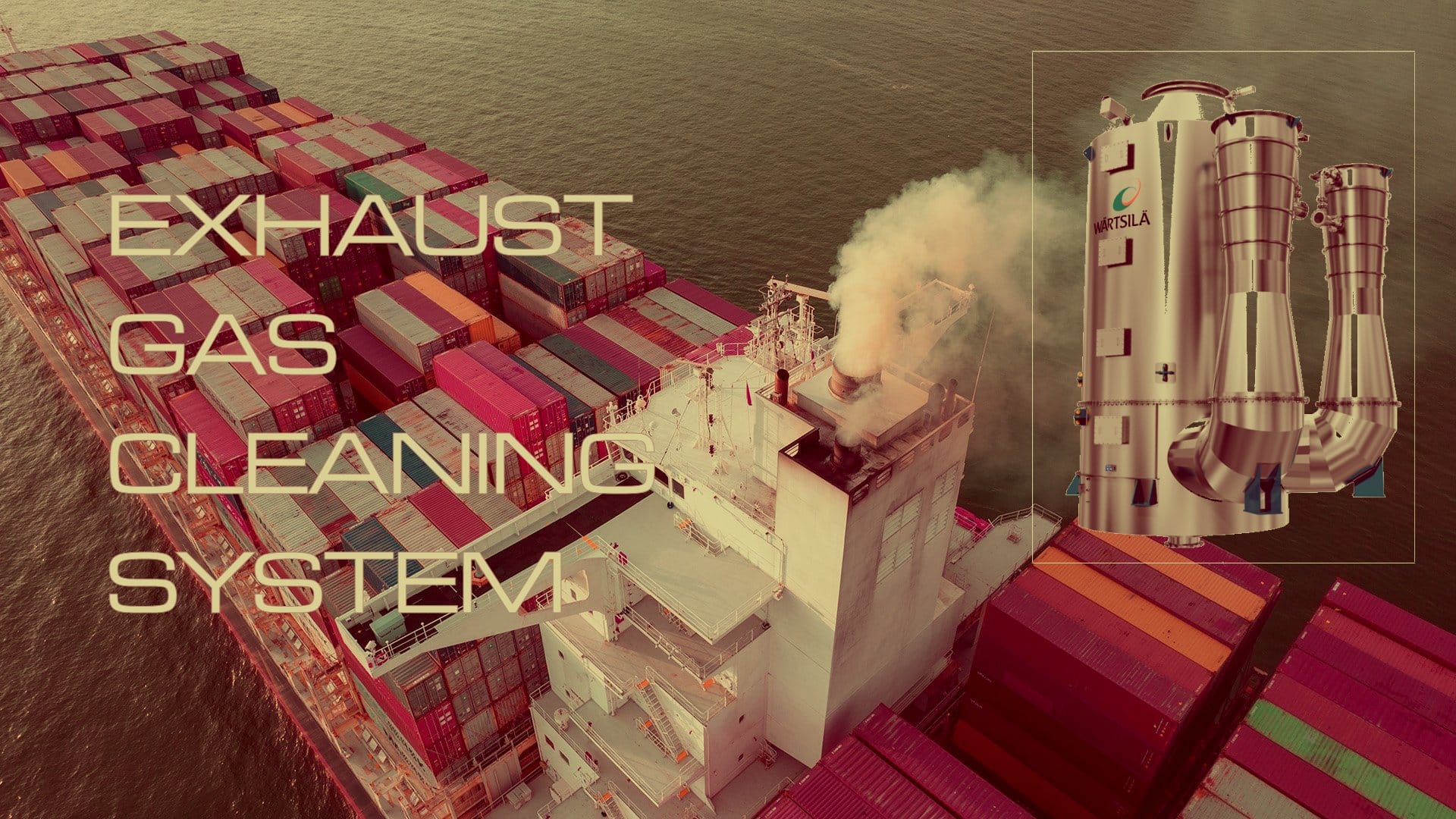
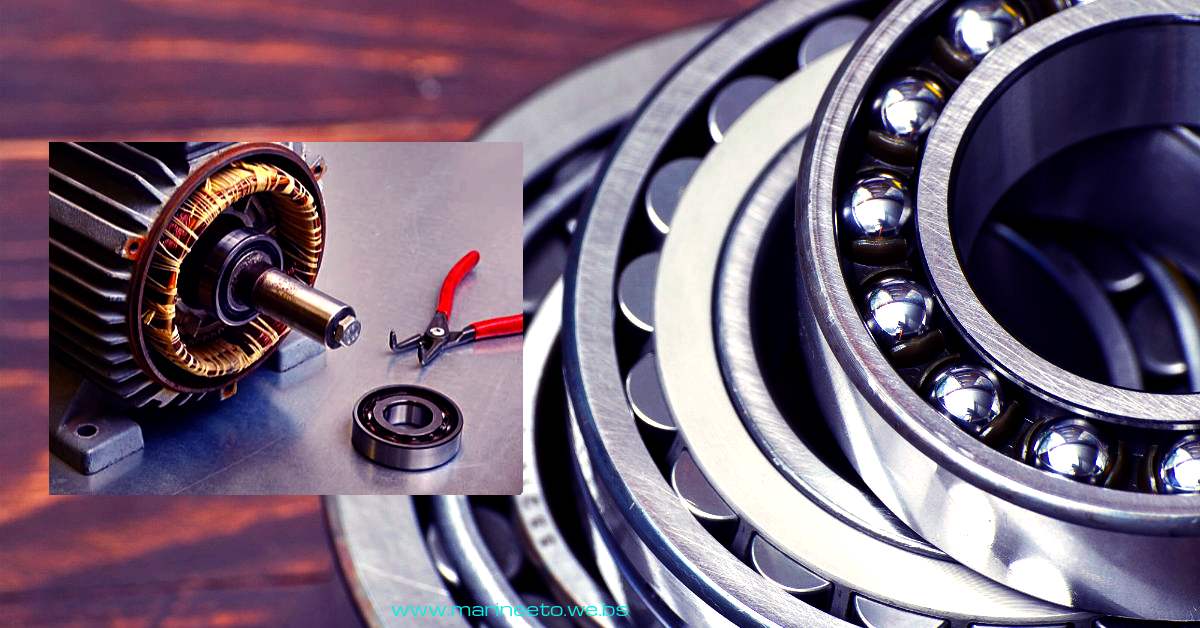
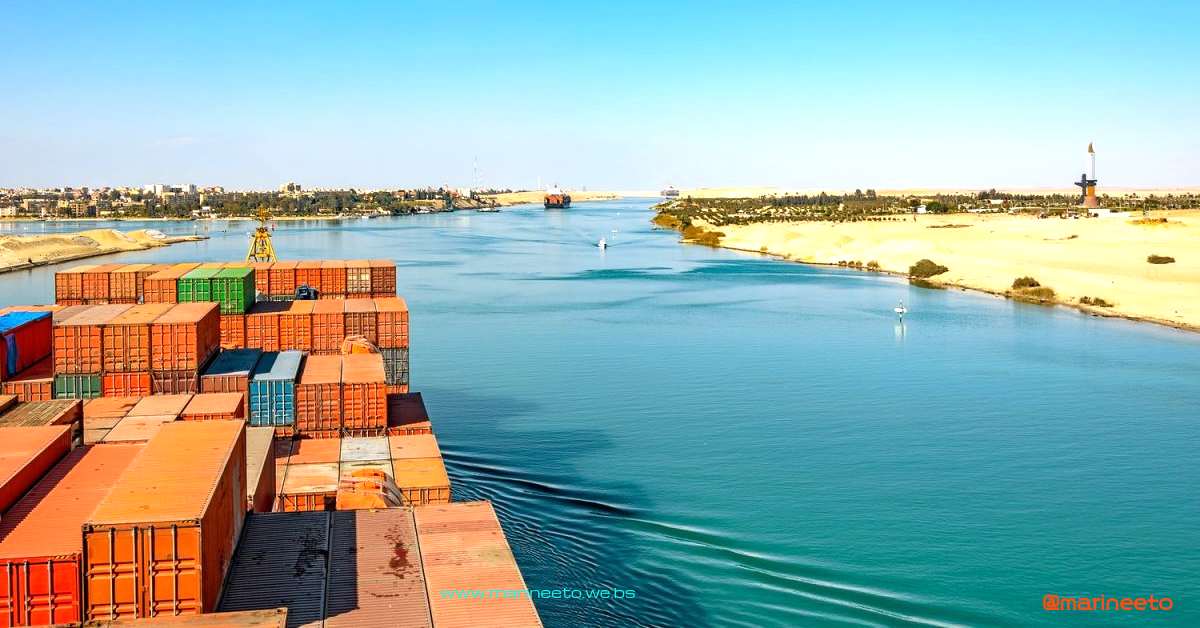
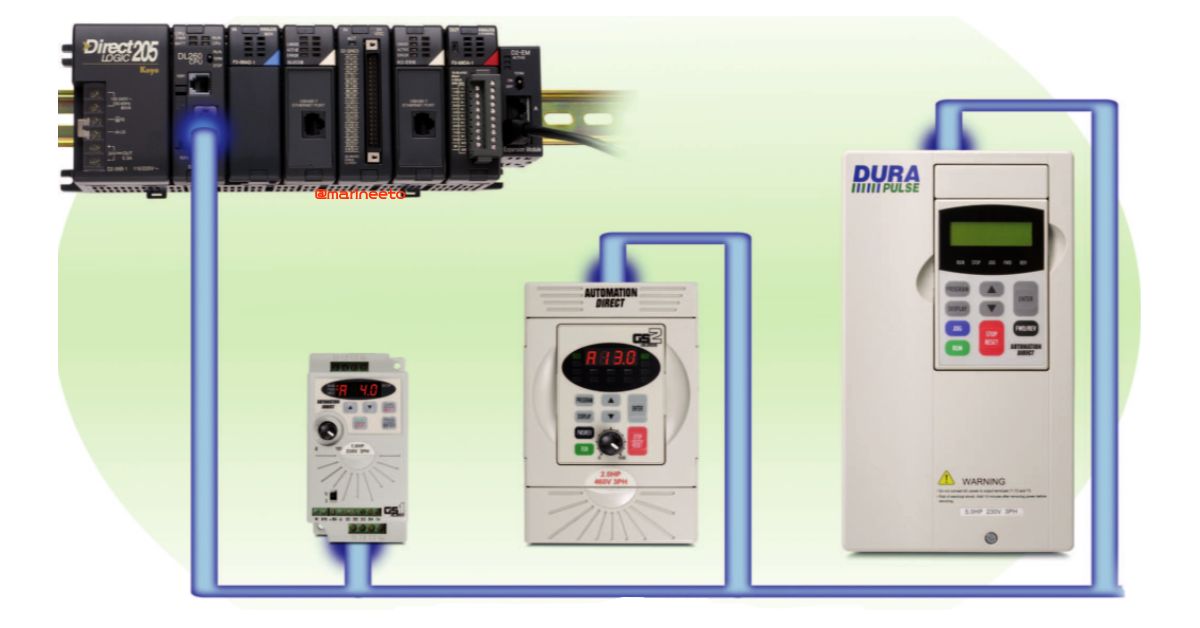
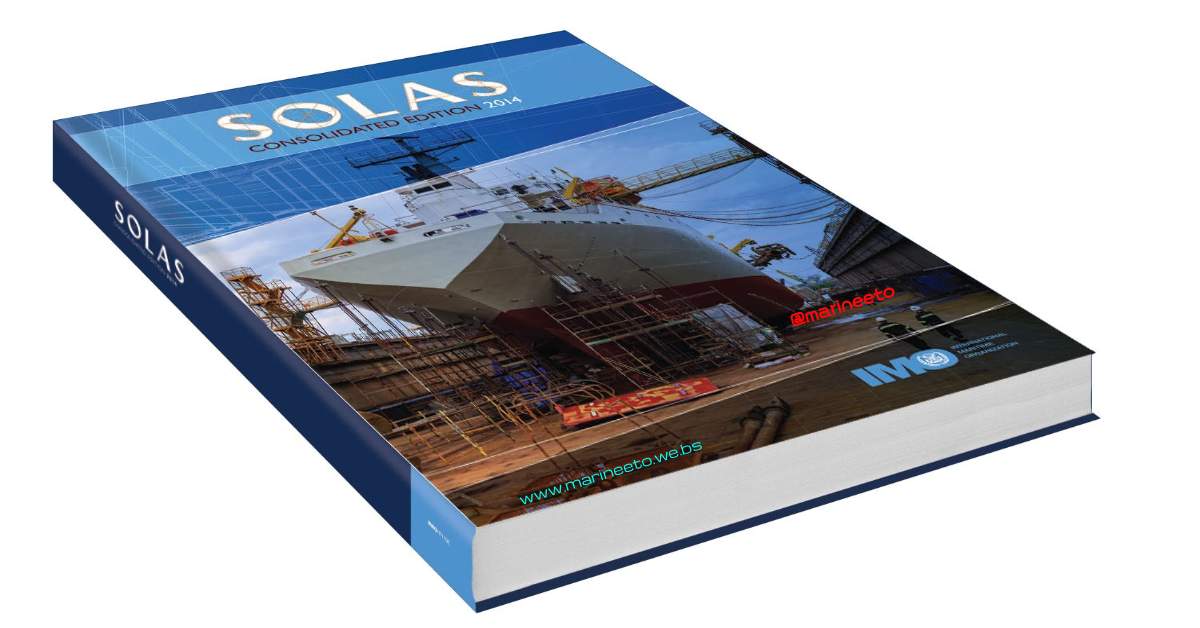
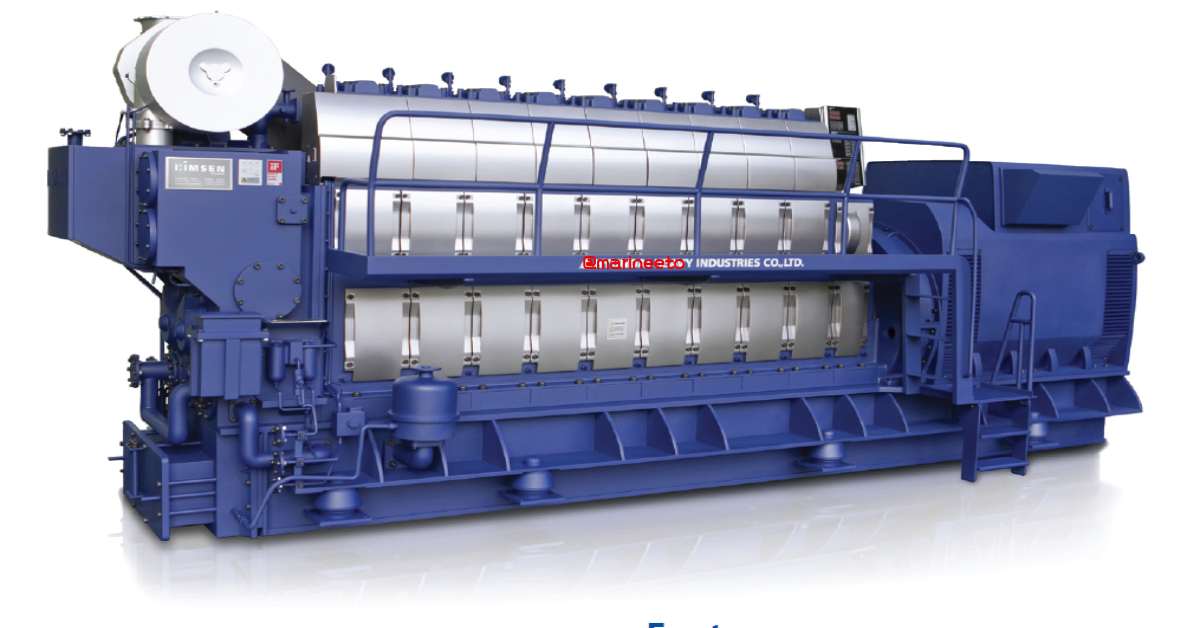
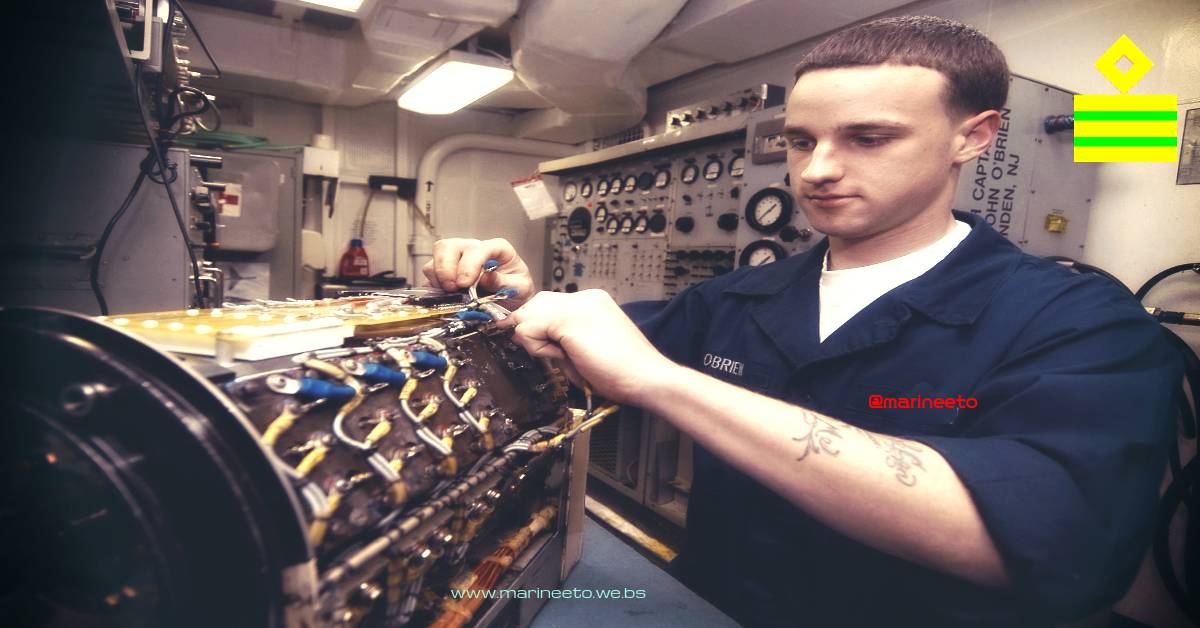
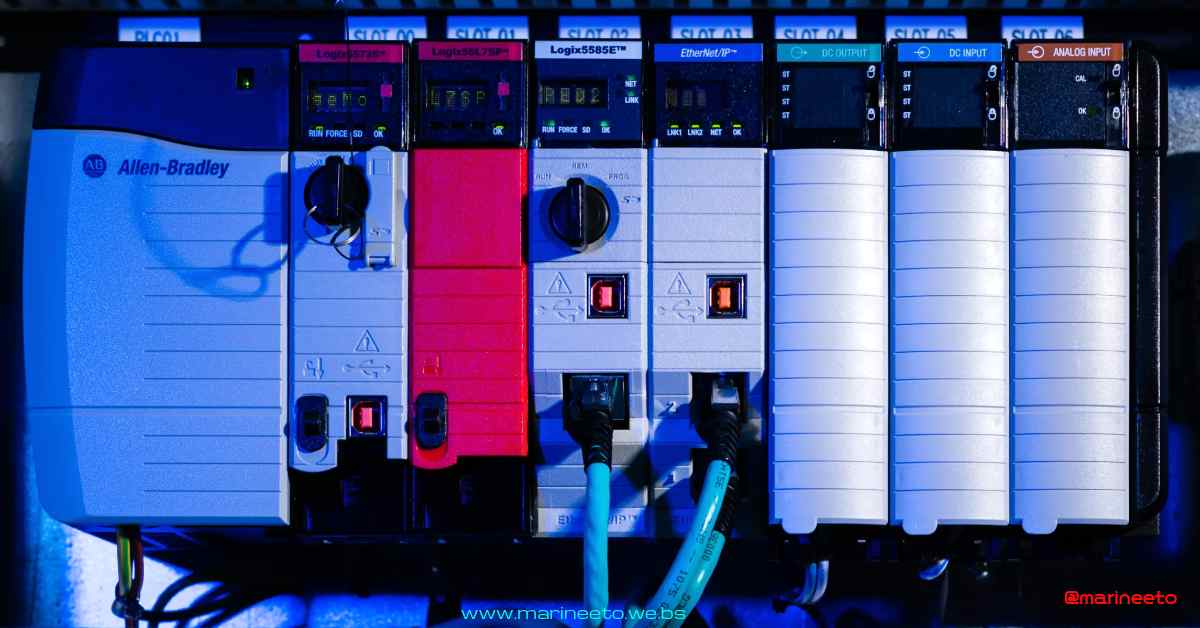
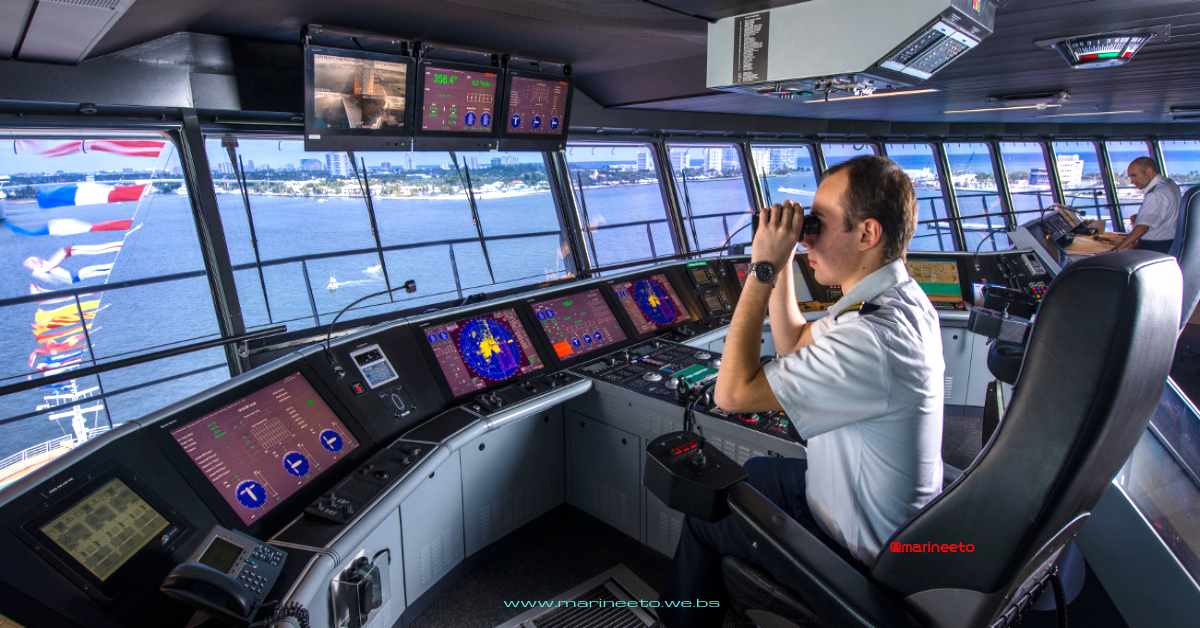
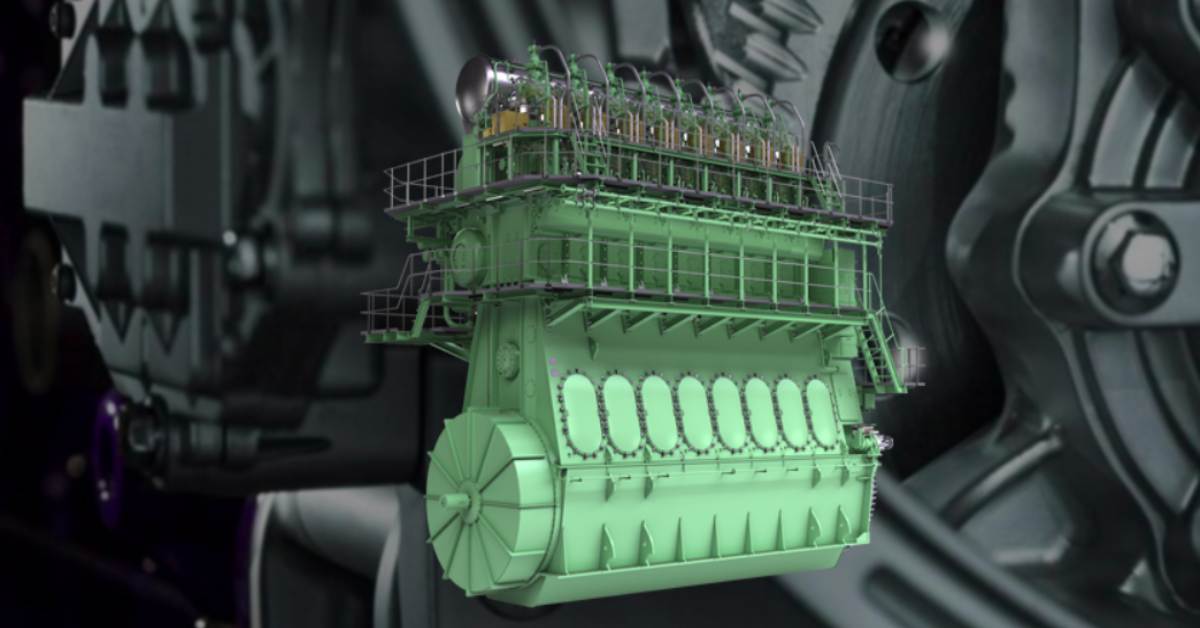
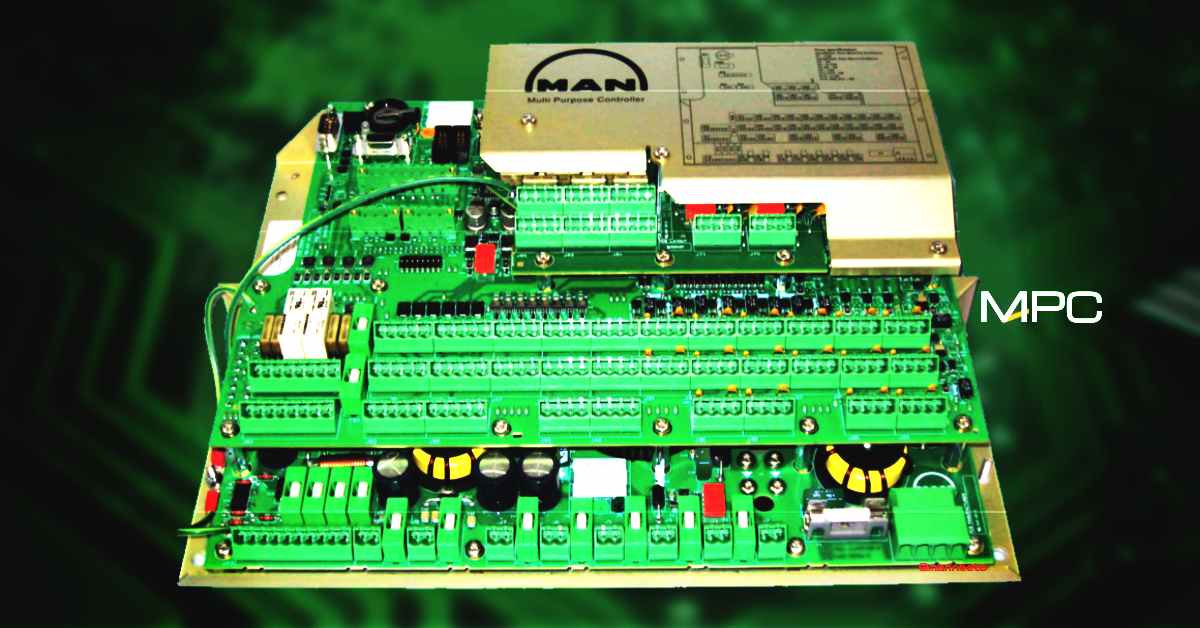
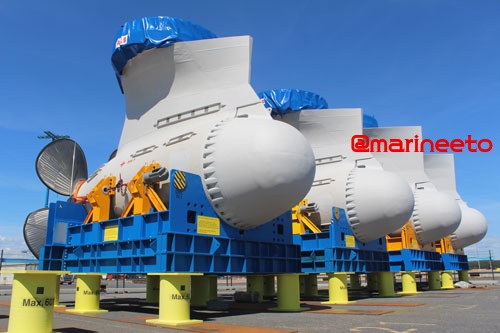

Nice post
Keep going